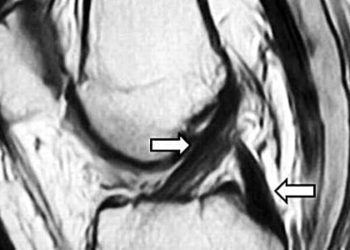Quick Take: Effect of Total Intravenous Anesthesia vs Volatile Induction With Maintenance Anesthesia on Emergence Agitation After Nasal Surgery: A Randomized Clinical Trial
Emergence agitation, characterized by confusion, disorientation, crying, moaning, shouting, or screaming after general anesthesia, can lead to serious adverse events including increased injury, pain, hemorrhage, and self-extubation. Some studies have suggested that the use of volatile anesthetic agents is associated with an increased risk of emergence agitation. In this randomized controlled trial, 80 patients undergoing nasal surgery were randomized to receive total intravenous anesthesia (TIVA) with remifentanil hydrochloride and propofol, or volatile induction and maintenance of anesthesia (VIMA) with sevoflurane and nitrous oxide, to study the effect of anesthetic method on the occurrence of emergence agitation after nasal surgery. The occurrence of emergence agitation was defined using the following 2 criteria: a Richmond Agitation-Sedation Scale score of at least 1, and a Riker Sedation-Agitation Scale score of at least 5 immediately after extubation. Researchers found that emergence agitation measured by the Richmond Agitation Sedation Scale occurred in 20% of patients from the VIMA group and 2.5% of patients in the TIVA group. The risk difference between groups was 17.5% (95% CI 3.6% to 31.4%). Emergence agitation measured by the Riker Sedation-Agitation Scale score occurred in 25.0% of patients in the VIMA group and 2.5% of patients in the TIVA group. The risk difference between groups was 22.5% (95% CI 7.3% to 37.7%). This study therefore shows that the incidence of emergence agitation after general anesthesia may be significantly reduced when using TIVA as compared to VIMA. Further studies are needed in other patient populations requiring general anesthesia.
Click to read the study in JAMA Otolaryngology – Head & Neck Surgery
Image: PD
©2018 2 Minute Medicine, Inc. All rights reserved. No works may be reproduced without expressed written consent from 2 Minute Medicine, Inc. Inquire about licensing here. No article should be construed as medical advice and is not intended as such by the authors or by 2 Minute Medicine, Inc.









